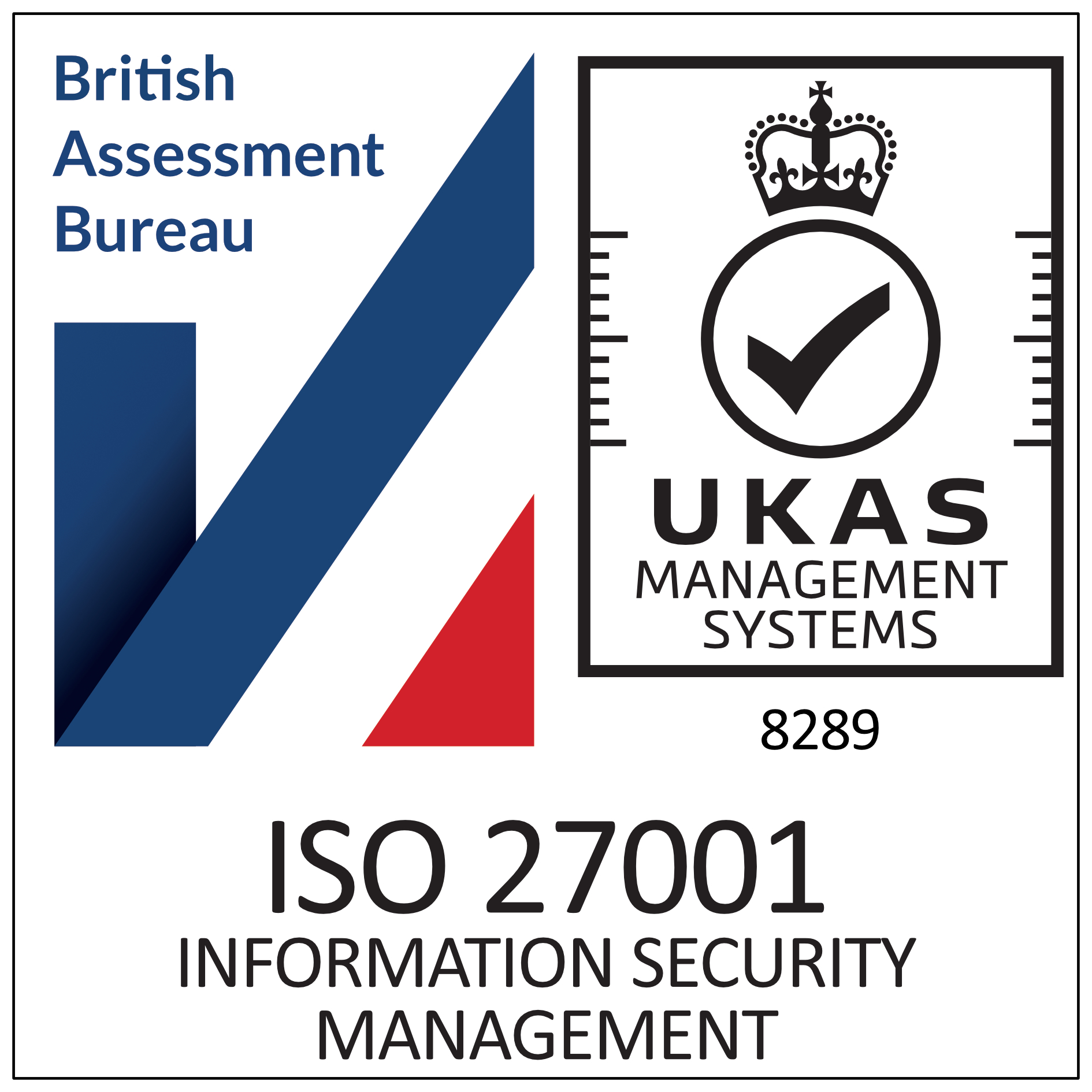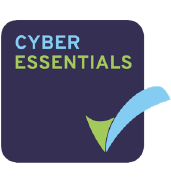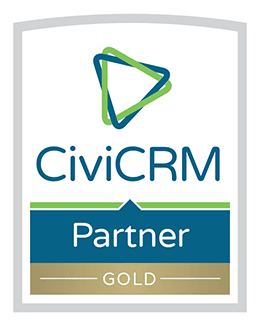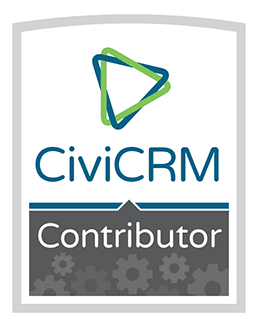As one of the most well-known CRM systems in the world, Salesforce has been a go-to for many companies for digital transformation.
However, CiviCRM, an open-source customer relationship management system (CRM), may not have (yet) reached such heights of recognition but is a well-known favourite within the nonprofit world.
See how the two cloud-based CRMs measure up in a good old battle of the CRMs.
Pricing
CiviCRM is specifically designed for non-profit organisations and can be more cost-effective as you save on expensive licensing costs.
Because CiviCRM is open source, anyone can download it and fully customise the code. This means that there is a strong community for users and developers to share tips, advice, resources, and new integrations.
Both CiviCRM and Salesforce can be utilised to their maximum potential with the help of a specialised agency, so that is another cost that you may need to consider.
Salesforce does offer 10 free subscriptions to not-for-profit organisations, however, if your organisation requires more users than this, costs will rake up quickly. The four pricing tiers range from £20 per user/per month for the “essentials” package to £240 per user/per month for their “unlimited” CRM service.
Features
|
CiviCRM |
Salesforce |
|
Bulk mailing |
Campaign management |
|
Membership management |
Contact management |
|
Events management |
Marketing Automation |
|
Email marketing |
Prospecting tools |
|
Contact management |
Sales pipeline management |
|
Campaign management |
Segmentation |
The way the features are described is an interesting indication of how CiviCRM and Salesforce are built with different purposes in mind: whereas SF talks about "prospecting", "sales pipeline" and "marketing automation", CiviCRM is all about "membership", "contact management and "events" - this is a result of CiviCRM having been created and shaped to manage "constituents", rather than "clients".
CMS Integrations
Finding CRM software that integrates with your essential business applications is one of the most important factors in deciding which one is right for your organisation.
If you have a Drupal or WordPress website then CiviCRM seamlessly integrates with your CMS.
Salesforce integrates with Squarespace and WordPress, but if you have a Drupal site you will need to use an external open module.
As this can be a complex process you may need to hire a development agency to integrate with Salesforce.
Strengths
To make your decision easier, your organisation should think about what type of functionality you need the most for your organisation.
If you are looking for advanced marketing functionality with the opportunity to automate complex marketing activities, then Salesforce should be considered.
However, the strength of CiviCRM is that it is user-friendly for people of all technical levels from fundraisers to CIOs to use as part of their daily working activities.
Yet, Salesforce needs extensive training for staff members to learn how to use it to its full potential.
CiviCRM also presents fantastic value for money without restrictions to functionality access thanks to it being open-source, which makes it a more cost-effective option.
The versatility and high level of customisation are what have attracted over 11,241 organisations worldwide to CiviCRM.
Weaknesses
On the whole, Salesforce requires a large budget, dedicated ongoing expertise, and plenty of time set aside for your staff members and colleagues to get to grips with the interface.
It should be noted that unless you have a ready-made technical team or tech whizz, you may need another pair of hands to manage your CiviCRM integration.
As CiviCRM experts, we successfully manage integrations with Drupal and WordPress sites for a range of organisations.
Don’t just take our word for it, take a look at our previous work to see how we can help.







